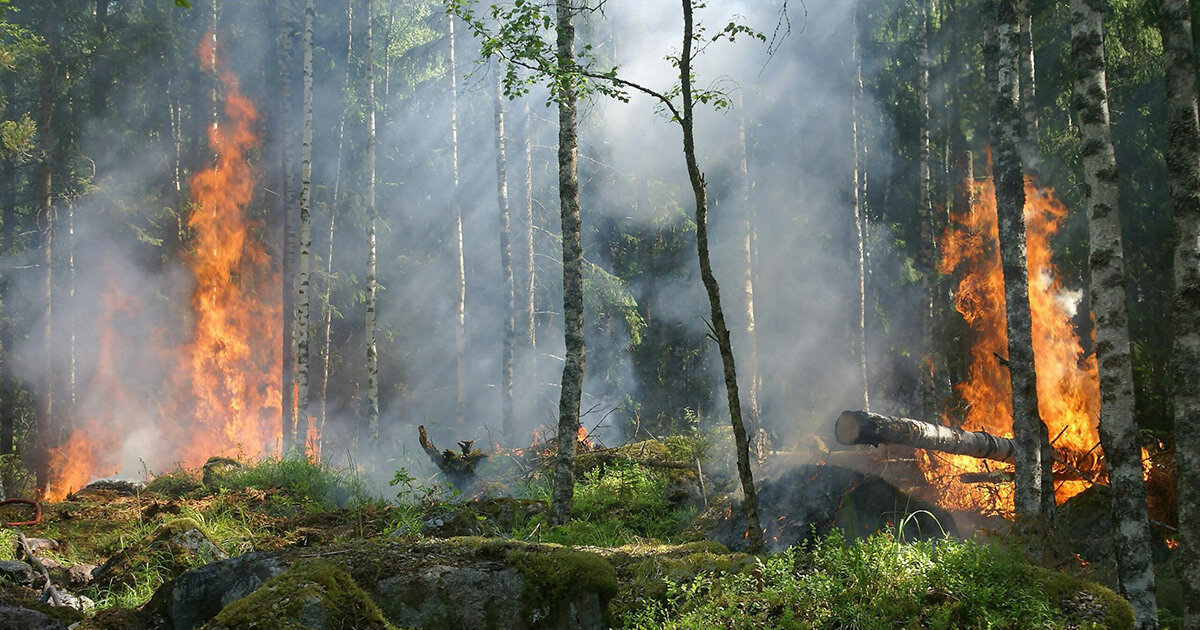Over the last few months, the Los Angeles wildfires have spread throughout the state scorching over 115,000 acres[1]. These significant wildfires in Northern California are posing severe threats to residents and their access to energy.
Wildfires have a significant impact on California’s landscape, air quality, electricity, and solar energy production. More specifically, thick smoke layers in the atmosphere can affect the amount of solar radiation reaching arrays and reduce the electricity generated[2]. Additionally, these wildfires emit a large quantity of greenhouse gases back into the atmosphere which leads to poor air quality. The short-lived climate pollutants, such as black carbon produced from the wildfires are powerful climate forcers that remain in the atmosphere and an average wildfire season in California is responsible for two thirds of the black carbon emission in the state. Unfortunately, wildfires also pose a major threat to the state’s renewable energy infrastructure[3]. As California continues to experience an increase in the number of catastrophic wildfires, a greater amount of energy infrastructure is at risk. Once destroyed, this infrastructure is replaced with spot market transactions. These transactions predominately consist of energy from fossil-fueled power plants that are often not the highest grade given the quick turnover and dire need to replace the technology. Overall, a continued uptick in wildfires across California could impact the state’s ability to achieve its 2030 greenhouse gas reduction goals.
Based on the National Significant Wildland Fire Potential Outlook, September is a high-fire-risk month. Additionally, according to year-to-date data, the annual acres burned across the United States is above the 10-year average[4]. This is best shown through the massive wildfire that recently occurred in Texas. This wildfire also known as the Smokehouse Creek Fire was the largest in the state’s history, as it burned more than a million acres, killed two people, and almost destroyed a nuclear weapons facility[5]. The frequency and strength of wildfires occurring in the United States is not only an environmental threat but should also raise alarm bells for the energy industry and the looming impacts.
[1] Cooler weather brings relief to firefighters battle California’s three massive blasé (NBC News, 2024).
[2] Final Technical Report: Impact of Wildfires on Solar Generation, Reserves, and Energy Prices (NREL, 2023).
[3] Wildfire Impacts on the Electricity Sector (NCPA, 2024).
[4] National Significant Wildland Fire Potential Outlook (National Interagency Fire Center, 2024).
[5] Wildfire Threat to Texas Nuclear Weapons Facility Highlights Intersecting Risk (The Equation, 2024).


Leave a Reply